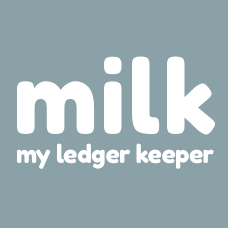The term blockchain indicates the set of information blocks connected to each other. It is possible to create a blockchain in a number of ways, the one most interested in is having a distributed blockchain without a server infrastructure.
Being server independent moves transaction management to clients that in this case will call peers belonging to the same mesh network.
Each mesh is well-identified by all participants: the information life is then tied to the number of active peers in the mesh.
The information exchanged is the blockchain itself. It is therefore necessary to have a peer synchronization mechanism.
In the literature there are several algorithms that also refer to cryptovalute, our blockchain has a proprietary implementation based on proof of relay: a dynamic evolution of proof of time.
We have thus devised a relay that moves between the peers that make up the mesh network and groups the validation of the ledger.
Proof of Relay is the name we wanted to give this technology.
The advantages of using the proof of relay are as follows:
- It fits according to the mesh configuration
- It responds to network congestion
- Later it acts as a proof of time
- It can be paused
All of the positive factors listed have been implemented to have a blockchain that over time can increase the response rate and at the same time consumes little electricity.
